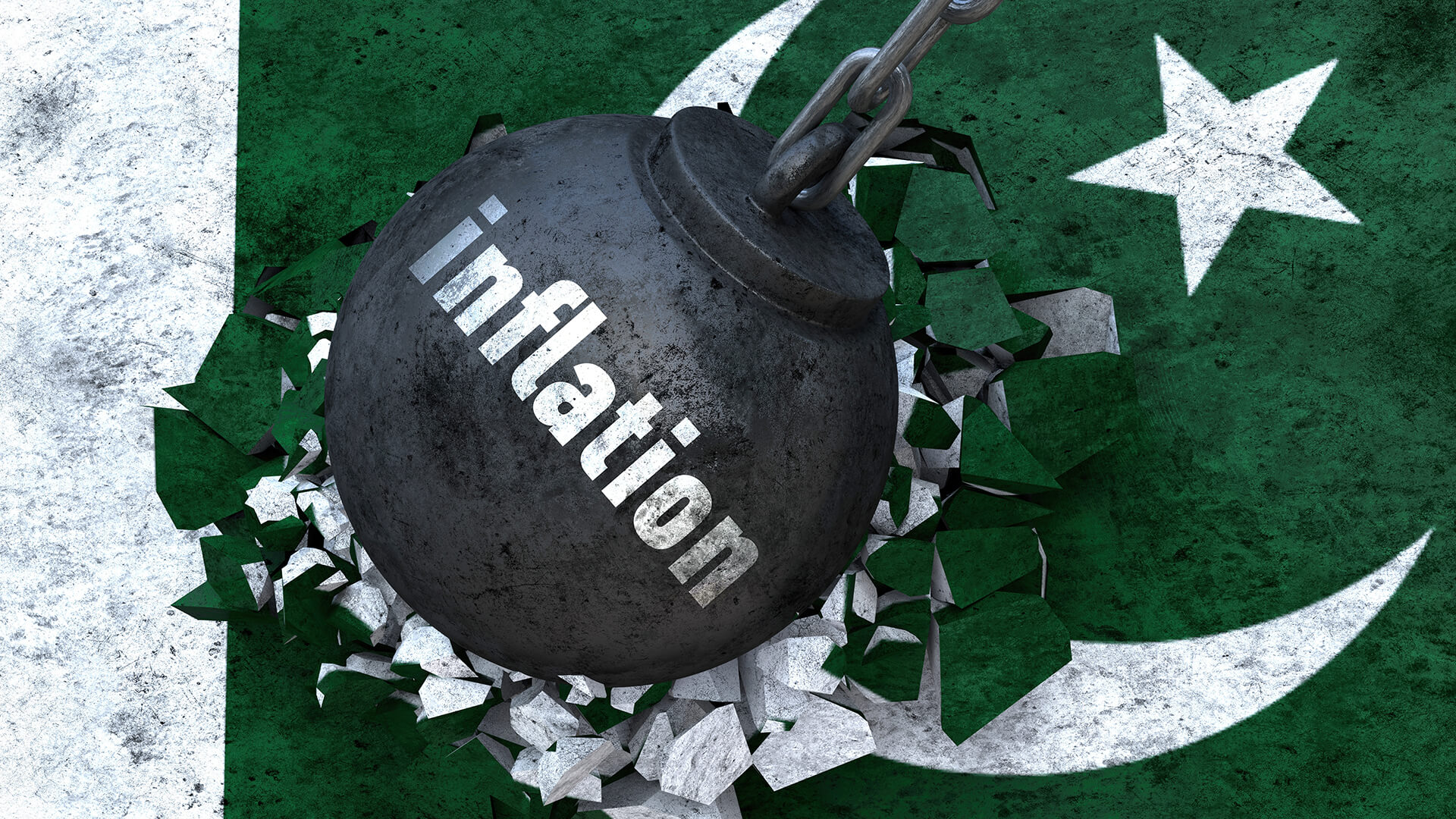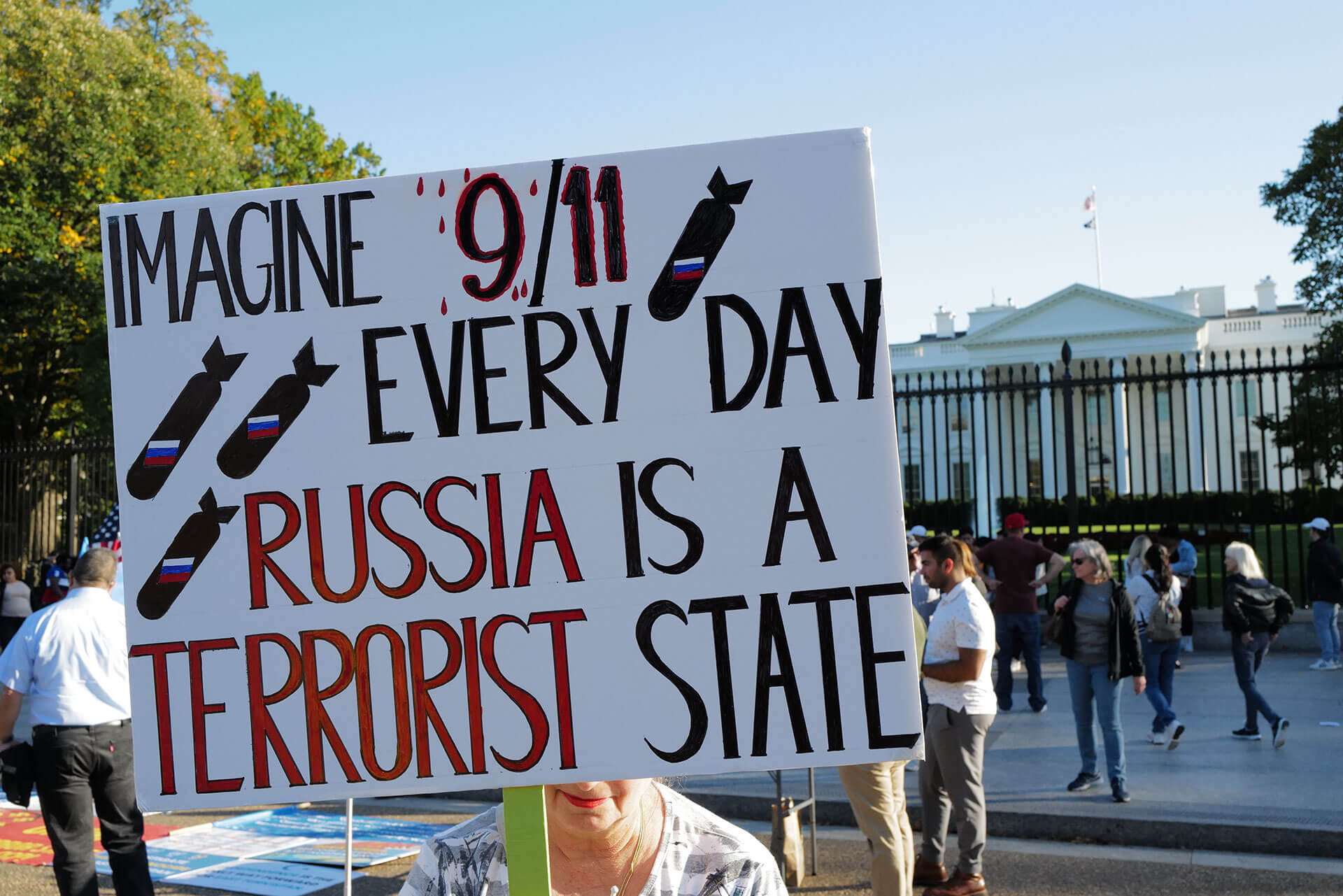Grocery shopping in Pakistan is one of the most daunting household chores. Scuttling through crowded bazaars with clumsy baskets filled with a motley selection of rations is a taxing experience. This repugnant feeling becomes compounded if you’re dragged to the market on a Sunday afternoon! Yet this feeling is nothing compared to the feeling of absurdity when staggering prices bludgeon your budget. For several young professionals, this moment is a crude awakening to the throes of inflation currently ensnaring emerging economies around the globe.
The Inflationary Spiral
According to the Pakistan Bureau of Statistics (PBS) – Pakistan’s federal agency providing comprehensive national statistical services – inflation peaked at 27.3% in August – a historic high in 47 years. There is a large gap between the actual inflation and the government’s inflation target of 11.5% for this fiscal year.
Misery is rampant with daily commodities. The price of onions has doubled since last year; pulses are almost 90% up in rural areas compared to the previous year, and cooking oil has spiraled by 83%. Prices will continue to shoot up because almost 40% of our standing crops have been gushed away, putting lower-income families in utter duress.
Sultan Recep Tayyip Erdoğan’s Erdonomics is Driving Turkey to Disaster
The devastating floods in Pakistan have fueled more global criticism as politicians are looking for international favors to gain some respite from lenders and investors. Yet, while pressing our case, the politicians, in an undertone, may be groaning for help. The flood is not our doing. True, we are perilously leveraged as a developing nation. It’s also true that we do not have our act together as a responsible government or even as a democracy. But, the catastrophe we are facing today has a lot to do with the storm brewing abroad.
The Duality of Floods and Currency Crisis
The floods in Pakistan have killed over 1,700 people, upended villages and colonies, razed entire towns and districts. The World Bank reports that the rate of poverty in Pakistan has surged from 2.5% to 4%, plunging between 5.8 million to 9 million people into poverty. The cataclysmic deluge has affected livestock, rural employment, harvests, and education. This has provoked a global sympathy towards Pakistan, tinged with sarcasm as it subtly holds us responsible for global emissions and climate change. Poverty is seen as a by-product of misdirections and governance failure, which is apparently not the case.
Let me put things in perspective. Apparently, according to the data of the Asian Development Bank (ADB), 20% of Pakistan’s population of 220 million finds itself below the poverty line, whilePakistan contributes less than 1% of the global emissions responsible for climate change. In contrast, China contributes roughly 27% of the global emissions, while the United States’ emissions account for 11% of the global total. However, Pakistan still owes roughly half of its external debt to China with no prospect of a waiver, despite a recent loan rollover. Admittedly, China has committed roughly $91 million in humanitarian assistance to Pakistan. The US has donated about $67 million in flood relief to supposedly offset the loss, preliminarily estimated at $30 billion.
Instead of financial aid, Pakistan needs altruistic assistance and a display of responsibility from the leading global economies. Yet even ideally, I do not expect any altruistic consideration or remorse from any of the advanced economies. The US Secretary of State, Antony Blinken, playing the traditional game of ‘blame thy enemy’, took a convenient dig at China to restructure Pakistan’s debt. At the same time, China resorted to highlighting its assistance as a friendly favor as opposed to its moral responsibility. It is a display of absolute indifference from our world’s celebrated superpowers!
Unfortunately, the story doesn’t end with floods. The war in Ukraine has exacerbated the energy costs for countries like Pakistan, which depends heavily on imported fuel. Yet what the policymakers in the West fail to mention is the effect of their monetary tightening on developing countries, a reminiscence of the late 1990s when the dollar’s burgeoning strength heralded the downfall of currencies in emerging markets.
Today, with the US dollar pounding the Yen, Renminbi, Pound, and Rupee, the Federal Reserve has cornered developing economies with an imposing choice: match its hawkish rate hikes to avoid a significant drop in domestic currency valuation. However, with the floods already slowing the economy, rate hikes would kill the economic growth of Pakistan to lower than the 2%the World Bank had forecast. Thus, the State Bank of Pakistan (SBP) maintained its policy rate at 15% this month – the highest in the region – after raising rates cumulatively by 800 basis points from September 2021 through July. However, the forward guidelines proposed by the Fed presage that it would raise the interest rate by at least another 100 basis points before the year ends. Such a move would push the short-term interest rates more than a percentage point above the rate of neutrality – between 4% to 4.5% – which would be devastating for import-dependent and investment-starved countries like Pakistan.
Tough Road Ahead
The situation parallels that in Sri Lanka, which is saddled with an external debt default of $51 billion. The litmus test of Pakistan’s creditworthiness, its international bonds, are trading at just a third of their face value – a chief indicator of sinking investor confidence. Unsurprisingly, Moody’s credit rating agency relegated Pakistan’s rating to CAA1, earmarking its debt status as “highly risky” while maintaining a negative macroeconomic outlook on Pakistan.
Making Sense of the Economic Consequences of the Russia-Ukraine War
In an accompanying statement, the rating agency highlighted that “debt affordability and a long-standing credit weakness for Pakistan will remain extremely weak for the foreseeable future.” Pakistan’s total debt accounts for over 70% of its GDP, while almost half of the government revenue is budgeted for debt servicing in the ongoing fiscal year. Now as the tax revenue gradually seeps away due to an inevitable slowdown in economic activity, the strengthening dollar will most likely bludgeon the national exchequer to pay burgeoning interest on foreign debt, since the US currency stands as the de facto fulcrum of the global financial system.
Consequently, Pakistan’s foreign exchange reserves have dwindled to below $8 billion – barely enough to finance 3 weeks of imports despite receiving a $1.17 billion loan tranche from the International Monetary Fund (IMF). Raising additional debt to patch the budget deficit would inflict further damage since interest rates are prohibitively high, both in the febrile global and the domestic bond markets. About a quarter of Pakistan’s import bill is tied to crude and petroleum products. While energy prices have lowered in recent months, the bustling dollar has effaced the gains since oil is predominantly priced in dollars on the international market. The twin fiscal and trade deficits would not only constrict Pakistan’s ability to recover from the floods but would also deteriorate its social fabric, adding to the pandemic-inflicted damage. Pakistan’s newly appointed finance minister – ironically accused of extortion in corruption cases – claims that the economy would seek to reschedule bilateral loans, standing at around $27 billion, while paying commercial and Paris Club creditors.
With the recent OPEC+ production cut and no let-up in the Russo-Ukrainian conflict, Pakistan would get no respite from elevated import prices while exports and remittances would effectively plummet. With the loss of agricultural output to floods and the recessionary headwinds gaining global traction, Pakistan would surely keep investments at bay in the foreseeable future.
Over the years, multilateral and bilateral donors have ensured Pakistan’s financial survival. Donor appetite to bailout the country is diminishing. And with external financial needs reaching nearly $34 billion, Pakistan is likely to starve for hard currency until stability returns to the global commodity and debt markets. This projection excludes the recently perceived need for normalization of the current account deficit, stable foreign exchange reserves, and the required restructuring costs of flood-wrecked localities.
My visit to the grocery store last week left a serious dent on my already deflated wallet. This brewing economic crisis in the developing world will have a snowballing effect with no amount of fiscal prudence attenuating an impending global financial meltdown. I can assure you that the impact of economic flooding would indeed not be restricted to Pakistan!
The views expressed in this article are the author’s own and do not necessarily reflect Fair Observer’s editorial policy.
For more than 10 years, Fair Observer has been free, fair and independent. No billionaire owns us, no advertisers control us. We are a reader-supported nonprofit. Unlike many other publications, we keep our content free for readers regardless of where they live or whether they can afford to pay. We have no paywalls and no ads.
In the post-truth era of fake news, echo chambers and filter bubbles, we publish a plurality of perspectives from around the world. Anyone can publish with us, but everyone goes through a rigorous editorial process. So, you get fact-checked, well-reasoned content instead of noise.
We publish 2,500+ voices from 90+ countries. We also conduct education and training programs
on subjects ranging from digital media and journalism to writing and critical thinking. This
doesn’t come cheap. Servers, editors, trainers and web developers cost
money.
Please consider supporting us on a regular basis as a recurring donor or a
sustaining member.
Support Fair Observer
We rely on your support for our independence, diversity and quality.
Will you support FO’s journalism?
We rely on your support for our independence, diversity and quality.






